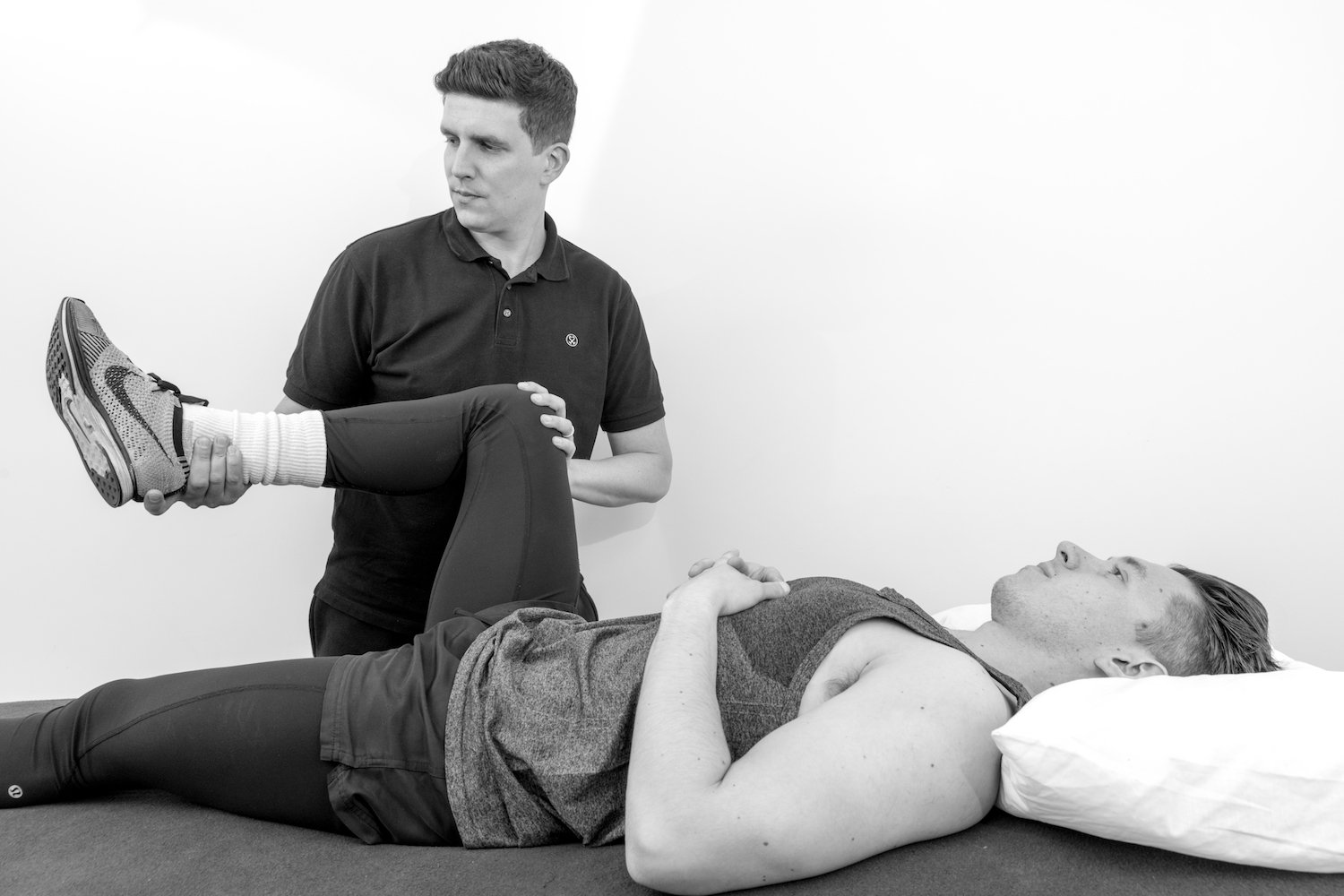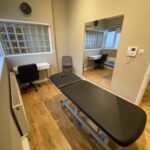
The knee is the largest joint in your body. It is a major weight-bearing joint and is one of the most frequently injured.
Knee pain can have a number of different causes and can be painful and debilitating. Although some conditions may require surgery many can be helped with the right advice, exercise and treatment.
The knee joint lies between the femur and tibia and at the front is the patella or kneecap. It is made up of a number of structures including ligaments, muscles, the capsule, synovial membrane and two ‘c’ shaped pieces of cartilage which sit between the femur and tibia known as the menisci.
Damage, strain or a sprain to the structures of the knee can give rise to symptoms. It can be the result of a sudden injury as often seen in sports injuries or by repeatedly placing strain on an area of the knee. Poor alignment of the knee or kneecap and altered joint mechanics in relation to other joints such as the hips and knees are often significant. Osteoarthritis or wear and tear is a common condition that affects the knee.
Common symptoms in the knee include pain, stiffness, aching, locking, swelling, limping and difficulty fully straightening or bending the knee.
Common causes of knee pain
- Anterior cruciate ligament (ACL) injury
- Posterior cruciate ligament (PCL) injury
- Torn meniscus
- Knee arthritis
- Maltracking patella
- Illiotibial band syndrome
- Back, hip or foot pain causing adaptive gait mechanics placing unnecessary strain through the knee
- Dislocated patella
- Loose body in the knee
- Patellar tendonitis
- Bursitis
How can osteopathy help?
Following a thorough case history and assessment of the knee our osteopaths will come to a diagnosis and will devise a treatment and exercise plan based on your individual needs to aid you through your recovery and restore your knee to the best function possible.
X-rays, scans and other tests are sometimes required to make a diagnosis and your osteopath may refer you to your GP or a specialist for any additional investigations or treatment.


